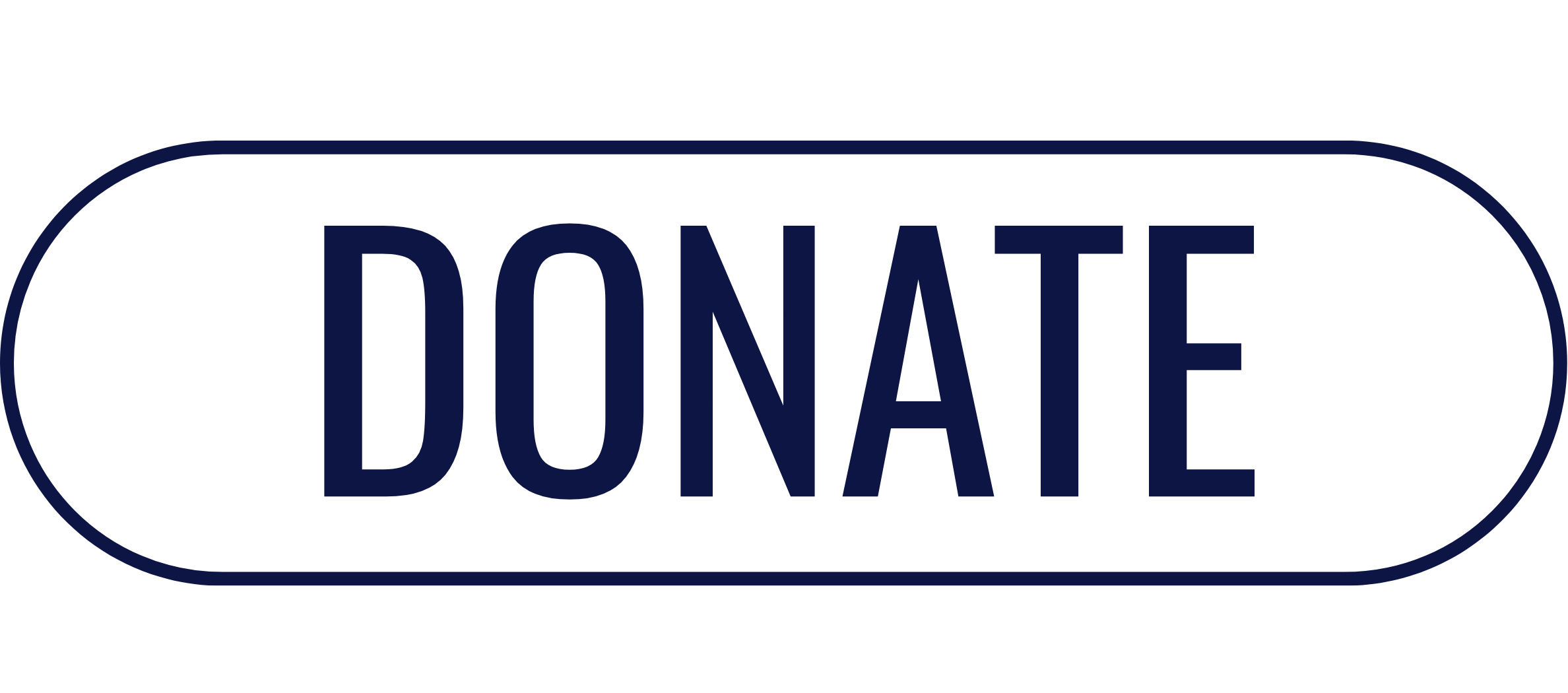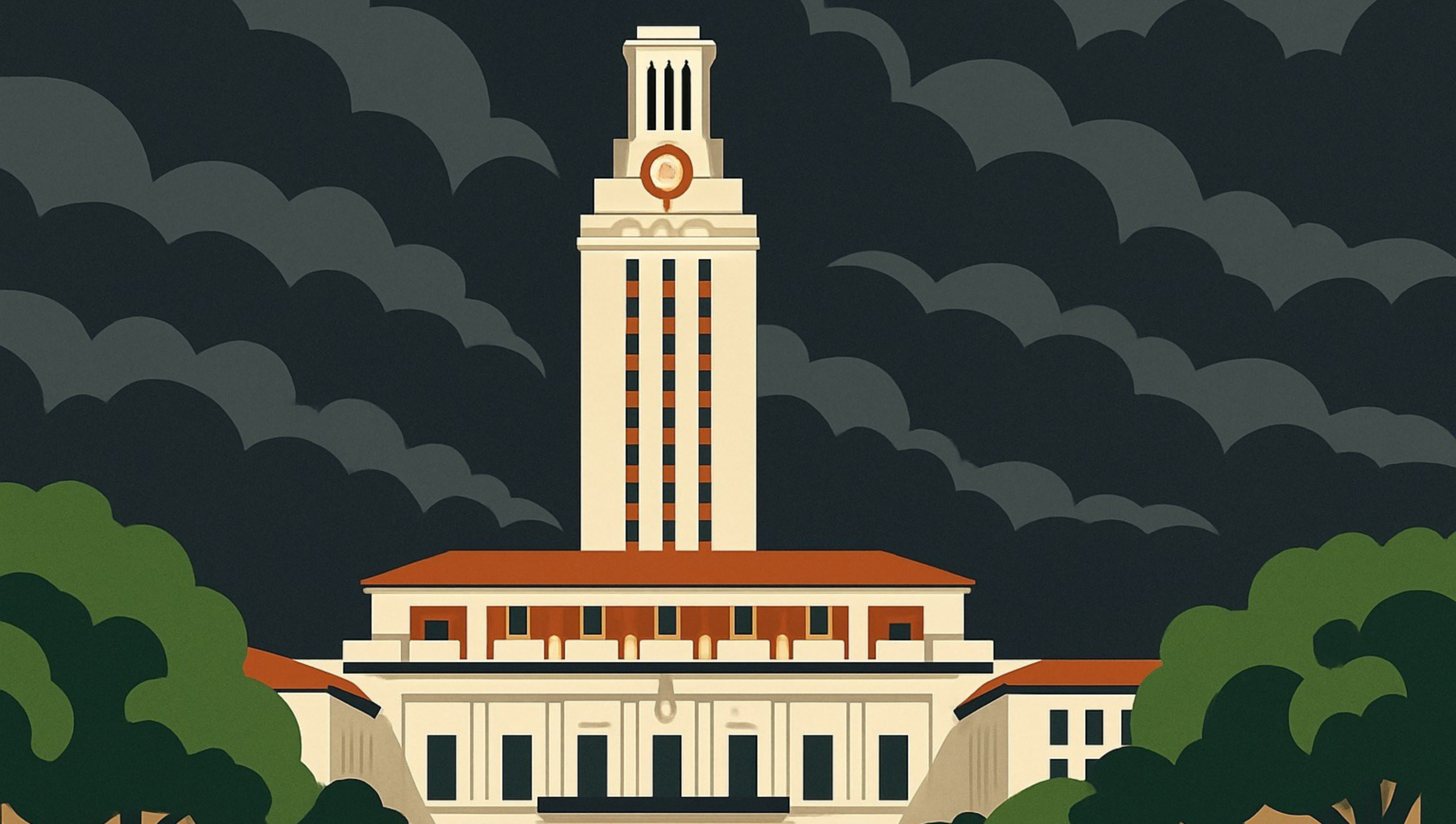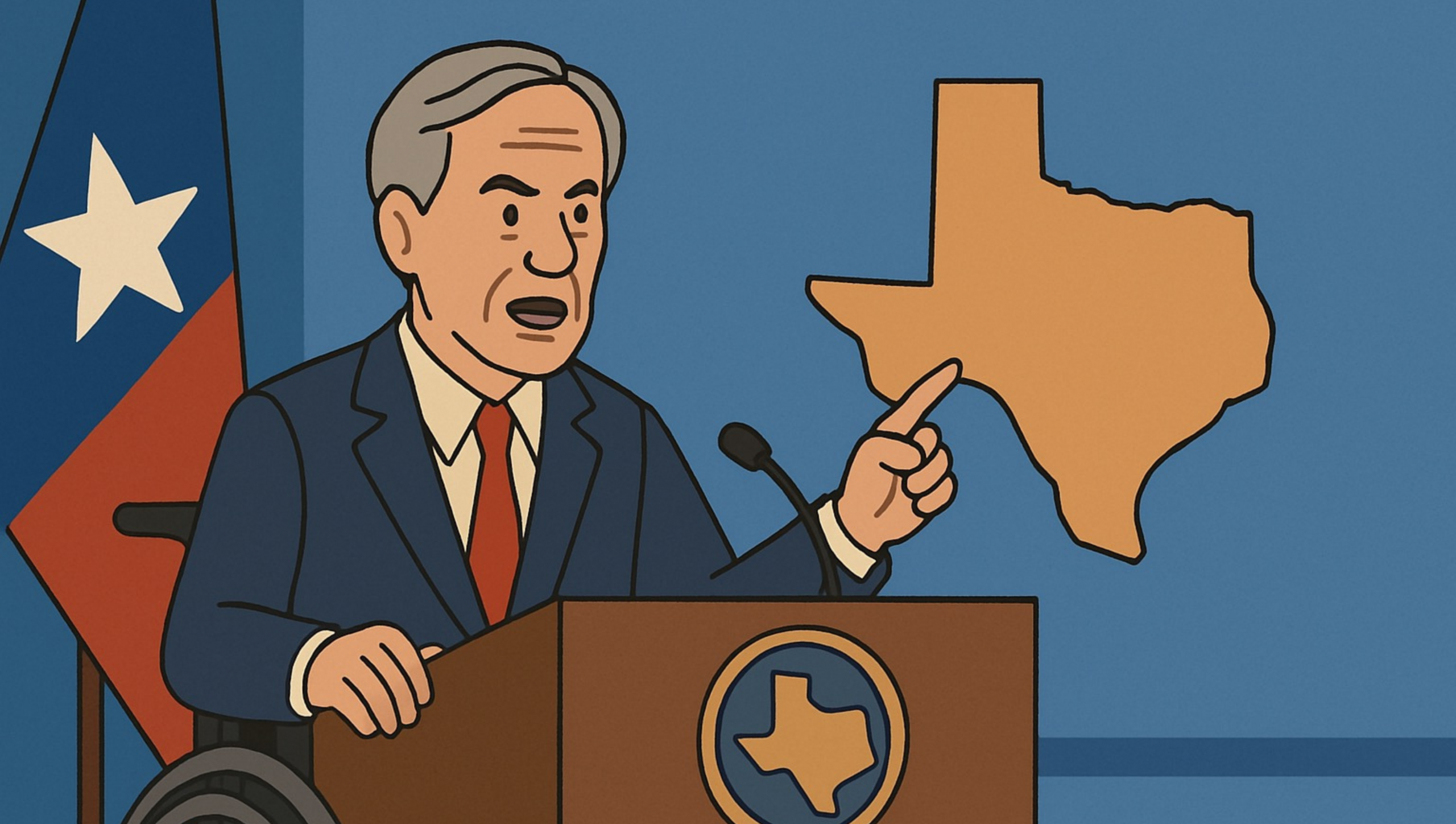The recent decision by the Federal Reserve to slash interest rates by half a percentage point has sent ripples through the economic landscape, raising crucial questions for fiscal conservatives. While some may tout this move as a necessary step to bolster the job market and maintain economic stability, the reality is more complex—and troubling.
The Cuts
For the first time in over four years, the Fed has cut rates from a two-decade high of 5.3% to around 4.8%. Federal Reserve Chair Jerome Powell has framed this decision as a reflection of their “patient approach” to combating inflation. But is it wise to celebrate when the economic indicators tell a more nuanced story?
This decision comes in the wake of a notable rise in the unemployment rate and the looming specter of recession. Historically, significant interest rate cuts often correlate with rising unemployment. In previous cycles, unemployment has generally increased by an average of 1.4 percentage points within a year following such cuts. This pattern raises serious concerns about the Fed’s ability to navigate a potentially rocky economic future.
While the Fed claims victory over inflation—with rates dropping from a peak of 9.1% to a more palatable 2.5%—the reality is that many Americans still feel the pinch of high prices – which may never return to their pre-Covid levels. With grocery, gas, and rent costs remaining elevated, the assertion that inflation is under control rings hollow for many.
Future Concerns
The more pressing concern is whether this rate cut could reignite inflation. Fed Governor Michelle Bowman has expressed skepticism about the half-point cut, cautioning that it may spur demand and inadvertently lead to higher inflation rates. History has shown that significant rate cuts can create inflationary pressures, as seen in past cycles in 1996 and 2007, when inflation surged following similar cuts.
Looking at historical trends, it’s not uncommon for recessions to begin shortly after the Fed initiates rate cuts. Since 1990, on average, the economy has slipped into recession about 18 months after the Fed began cutting rates. Given the current economic climate, marked by a rising unemployment rate and shaky consumer confidence, there’s a distinct possibility that we could be headed in the same direction.
The Fed’s recent pivot is not just a response to immediate economic pressures; it’s an admission that they may be bracing for more significant challenges ahead.
Politically Motivated?
As Powell noted, the decision to cut rates is a form of “insurance” against potential economic downturns. But for conservatives who value fiscal prudence, this approach appears reckless and politically motivated, especially with the presidential election looming.
Critics have rightly questioned the timing of this cut. By choosing to implement such a significant reduction so close to the election, the Fed risks accusations of political interference.
It’s crucial for fiscal conservatives to remain vigilant. While lower interest rates might offer short-term relief, they can also set the stage for long-term economic instability. Instead of simply cutting rates and hoping for the best, policymakers should focus on fostering an environment of sustainable economic growth through reduced government spending, tax cuts, and regulatory reform.
Conclusion
The Federal Reserve’s decision to cut interest rates is a double-edged sword. While it aims to stimulate the economy, it also carries the risk of reigniting inflation and triggering a recession. For those of us in Texas and across the nation who prioritize fiscal responsibility, it’s essential to scrutinize these actions closely and advocate for policies that promote genuine economic stability rather than politically expedient maneuvers. As we move forward, leaders must prioritize long-term solutions over short-term fixes, ensuring that the economy remains robust and resilient for future generations.
Texans for Fiscal Responsibility relies on the support of private donors across the Lone Star State in order to promote fiscal responsibility and pro-taxpayer government in Texas. Please consider supporting our efforts! Thank you!
Get The Fiscal Note, our free weekly roll-up on all the current events that could impact your wallet. Subscribe today!




